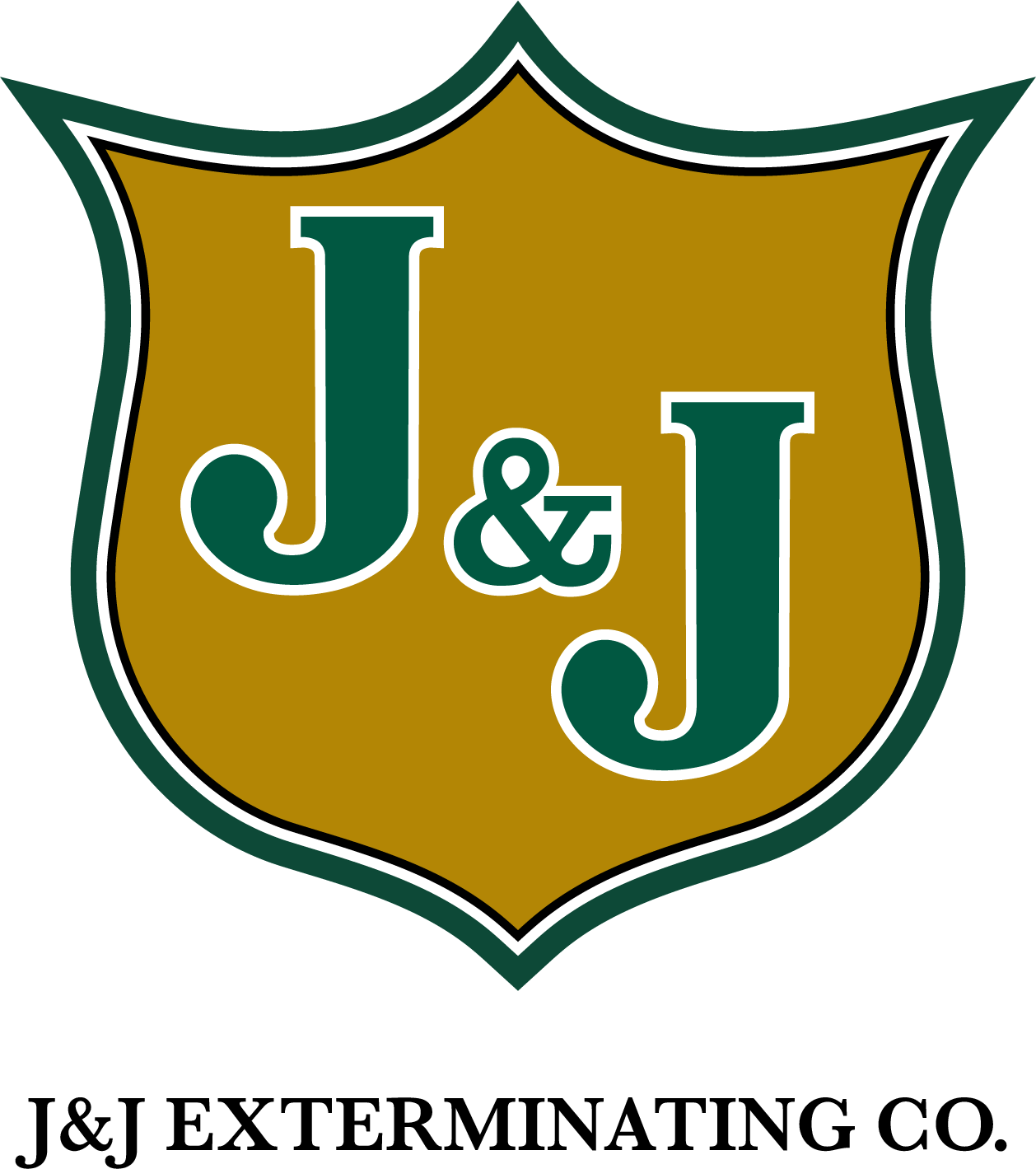Ants belonging to the Pogonomyrmex genus are commonly known as “harvester ants,” and these ants have become well known for their tremendously painful stings that transmit the most toxic venom of all known insect venoms. More than 70 harvester ant species can be found in North and South America, and all 22 documented species in the US can be found in the desert southwest, except for one, P. badius. P. badius is commonly known as the “Florida harvester ant,” and its distribution range stretches from Florida to North Carolina and west to Louisiana. Luckily, harvester ants do not invade homes, but a few species are considered medically and economically significant pests due to their aggressive behavior, potentially lethal stings, and their foraging and nesting behaviors on properties, which results in turf-grass damage and unsightly dirt mounds.
The four harvester ant species that many experts consider pests of turf-grass and other plants include red, California, Maricopa and Florida harvester ants. While all harvester ants possess venom that is understood to be more toxic than that of all other insect species, harvester ants are not considered to be a significant hazard to public health, as they prefer to nest and forage in open grasslands and wooded areas. Despite this, harvester ants are unique for regularly moving their nests to new areas, and workers are known for foraging more than 200 feet from their nest. It is not uncommon for migrating harvester ants to establish large circular dirt mounds on residential properties. In addition to being an eyesore, harvester ant nesting mounds are dangerous, as approaching a mound will cause workers to become defensive and emerge in massive numbers to inflict repeated bites and stings to humans.
Florida harvester ants may build mounds on residential properties on occasion, but they are unique among harvester ants for being non-aggressive, and highly unlikely to sting. That being said, studies have shown that the venom produced by both Maricopa and Florida harvester ants is more toxic than the venom produced by all other documented insect species. Although rare, incidents of Florida harvester ant stings have been documented, and their stinger often detaches and remains lodged in human skin, resulting in extreme pain and significant venom transmission. Harvester ants stings frequently cause potentially fatal cases of anaphylactic shock, and at least two deaths in the US have resulted from Harvester ant stings. One study determined that the venom produced by Florida harvester ants is comparable in potency to the venom produced by the most deadly snake species on earth. Pest control professionals may place baits along the foraging paths of Florida harvester ants for control in populated areas, and insecticidal dusts are sometimes injected directly into mounds. Mounds are only treated on excessively hot days, as workers remain in their nests to avoid heat.
Have you ever heard of harvester ants on people’s lawns?
Tags: Ant Control




